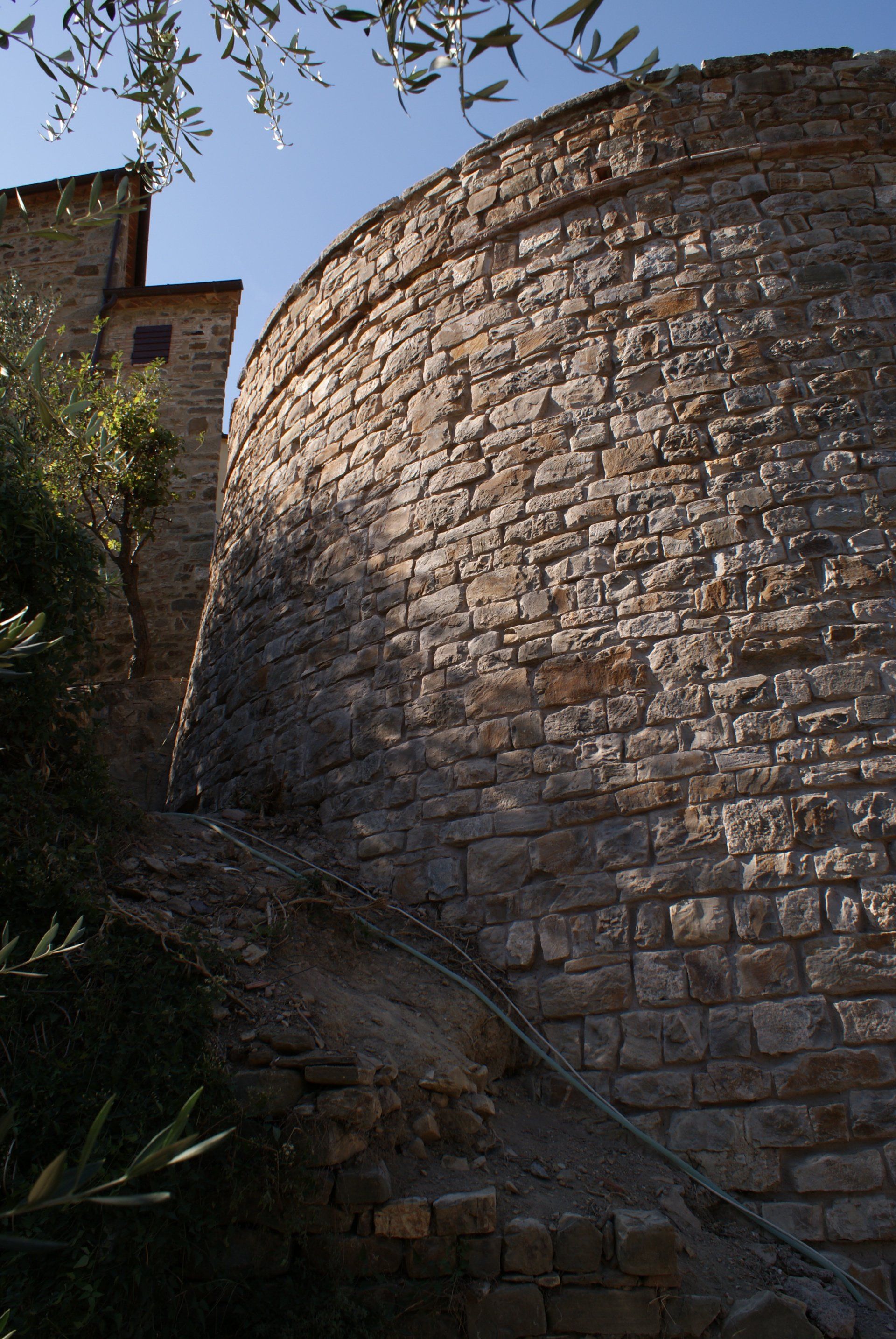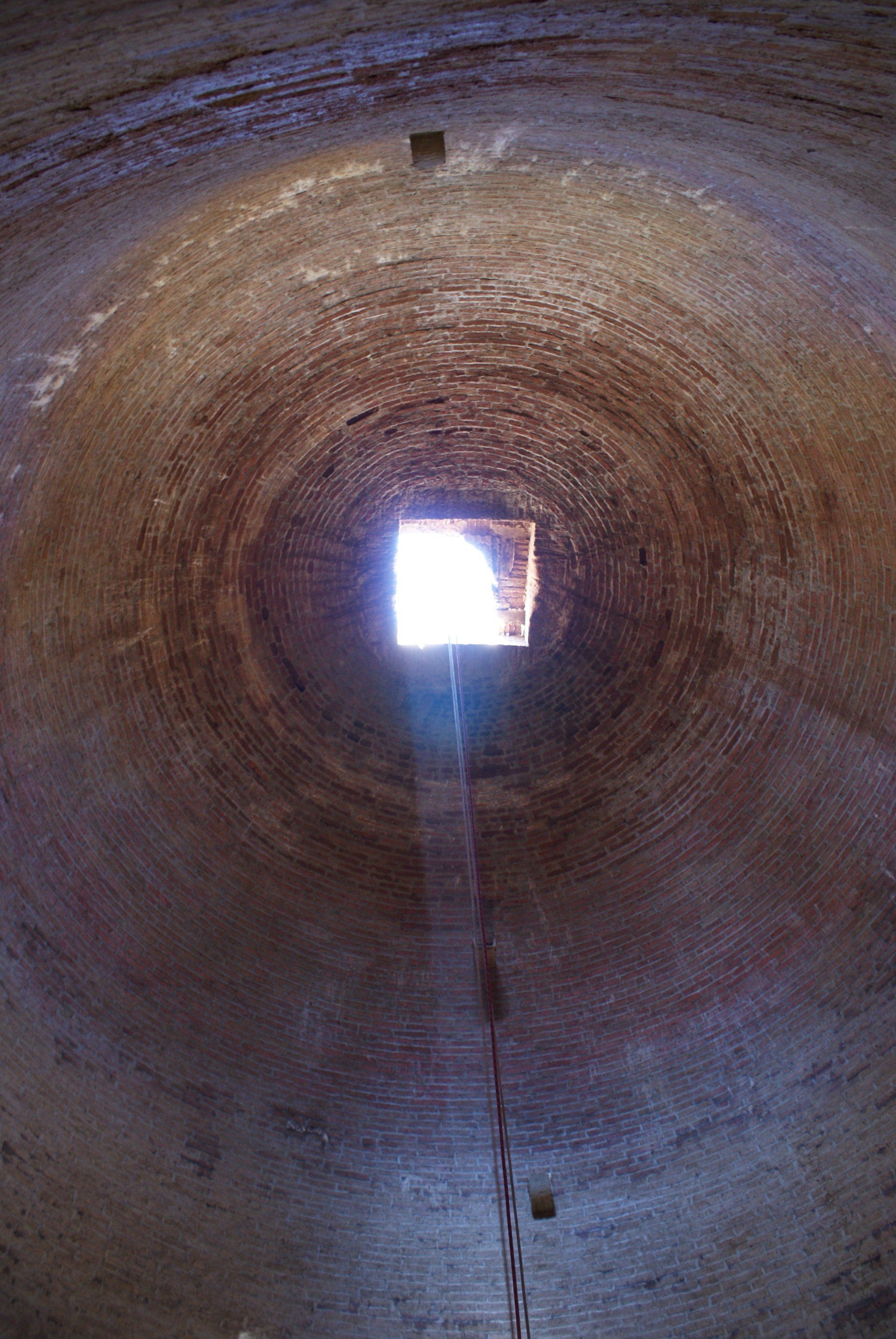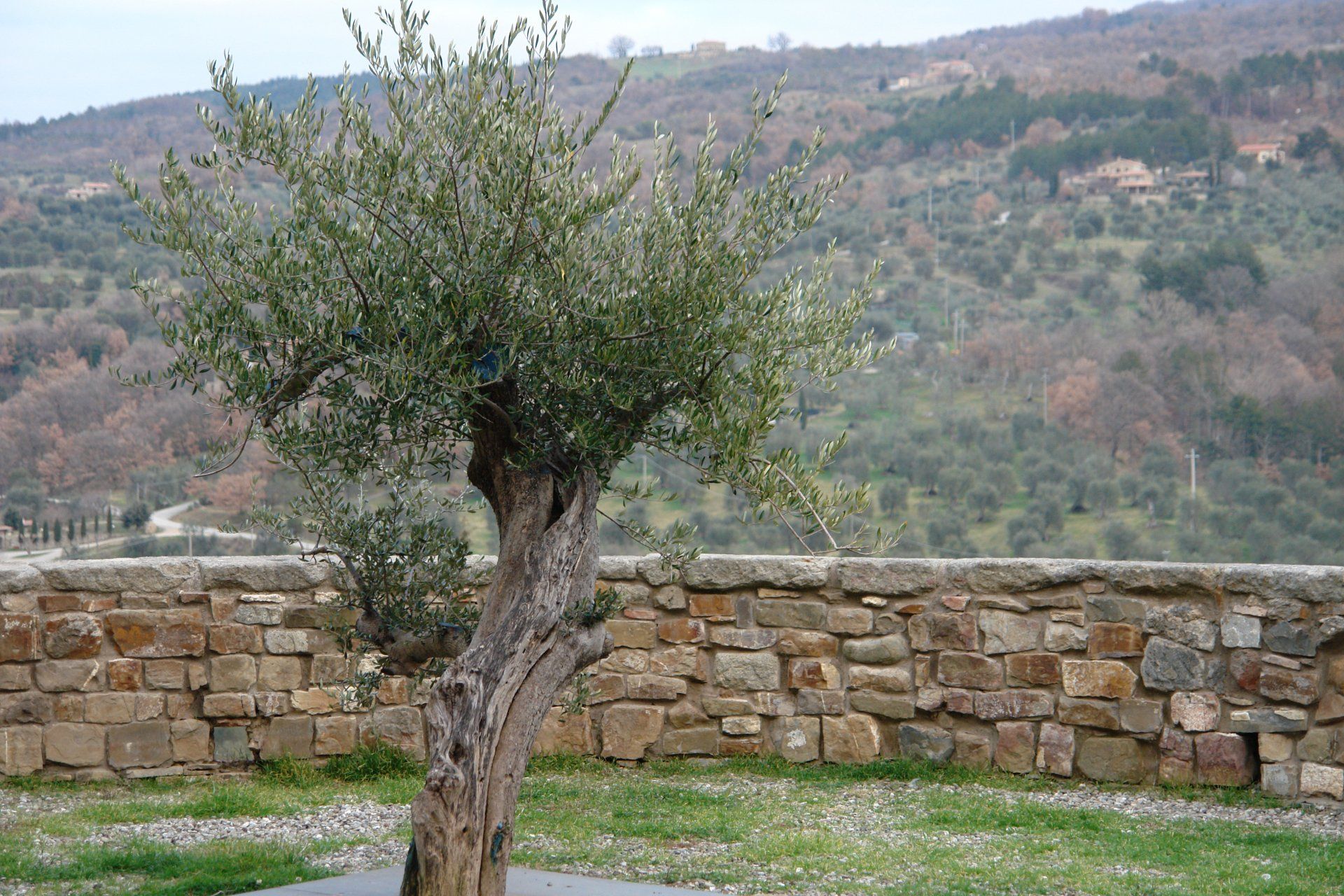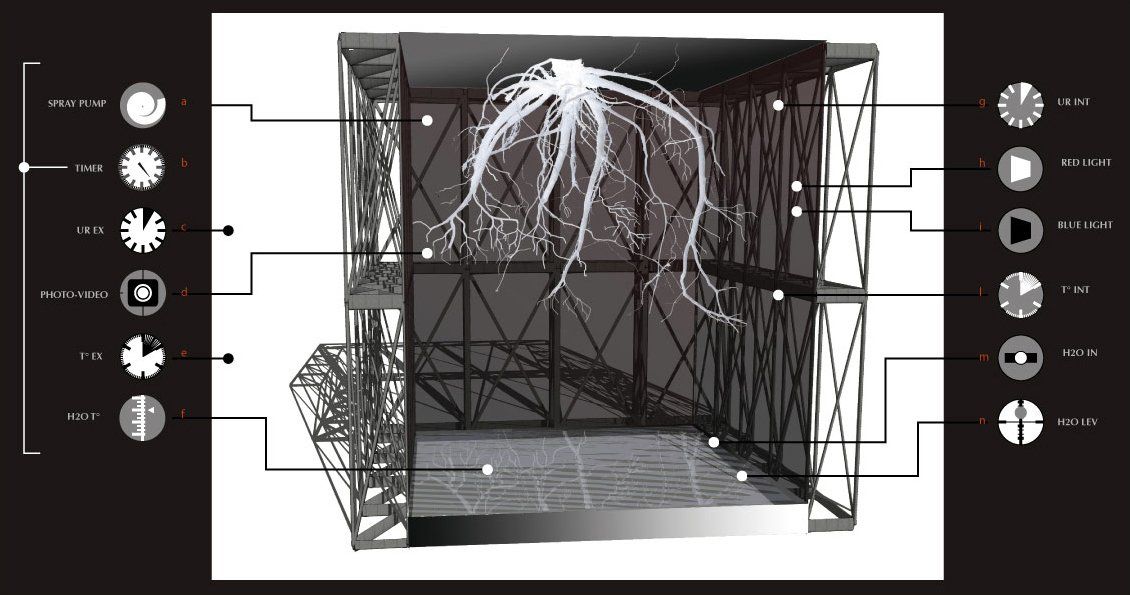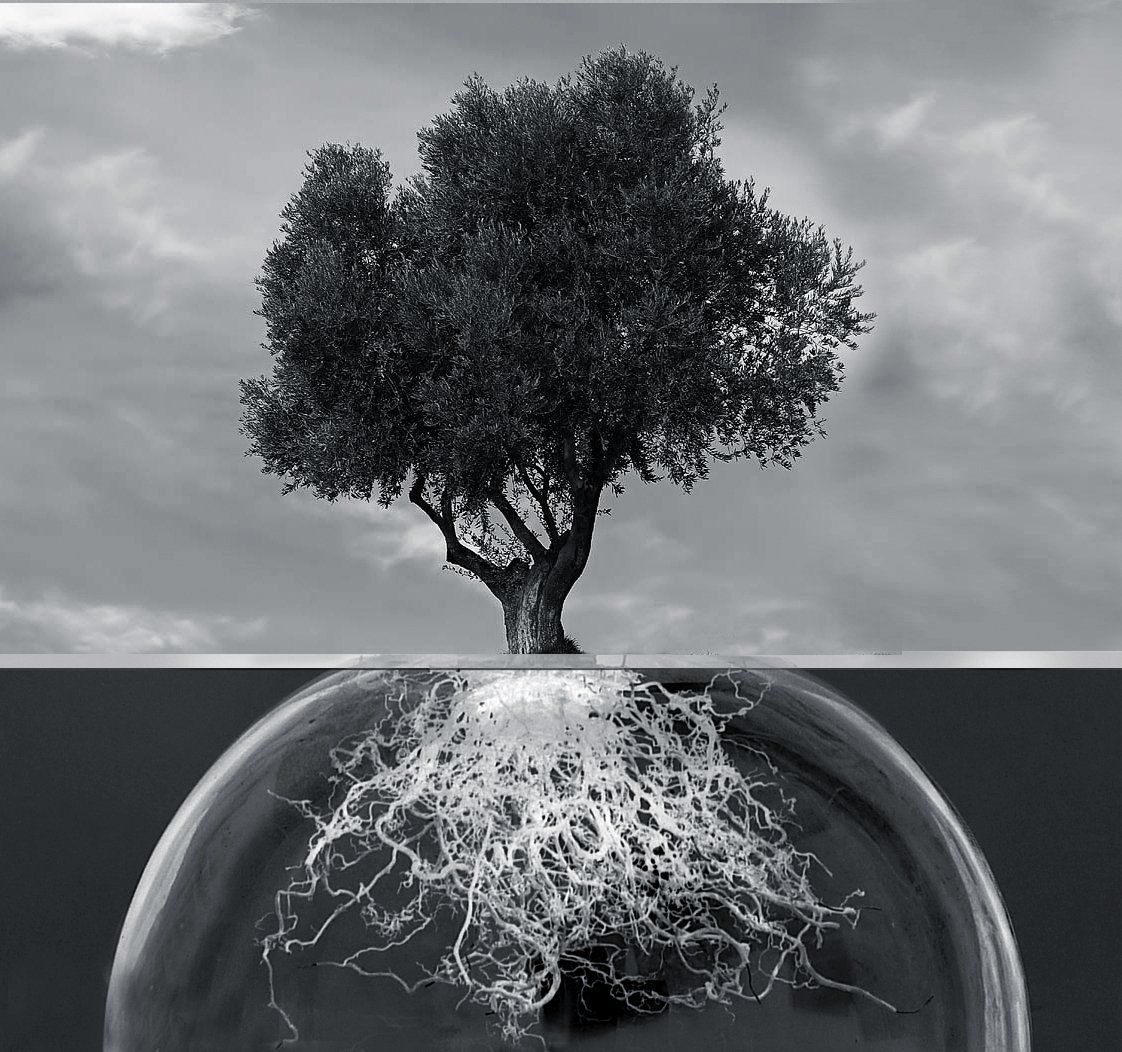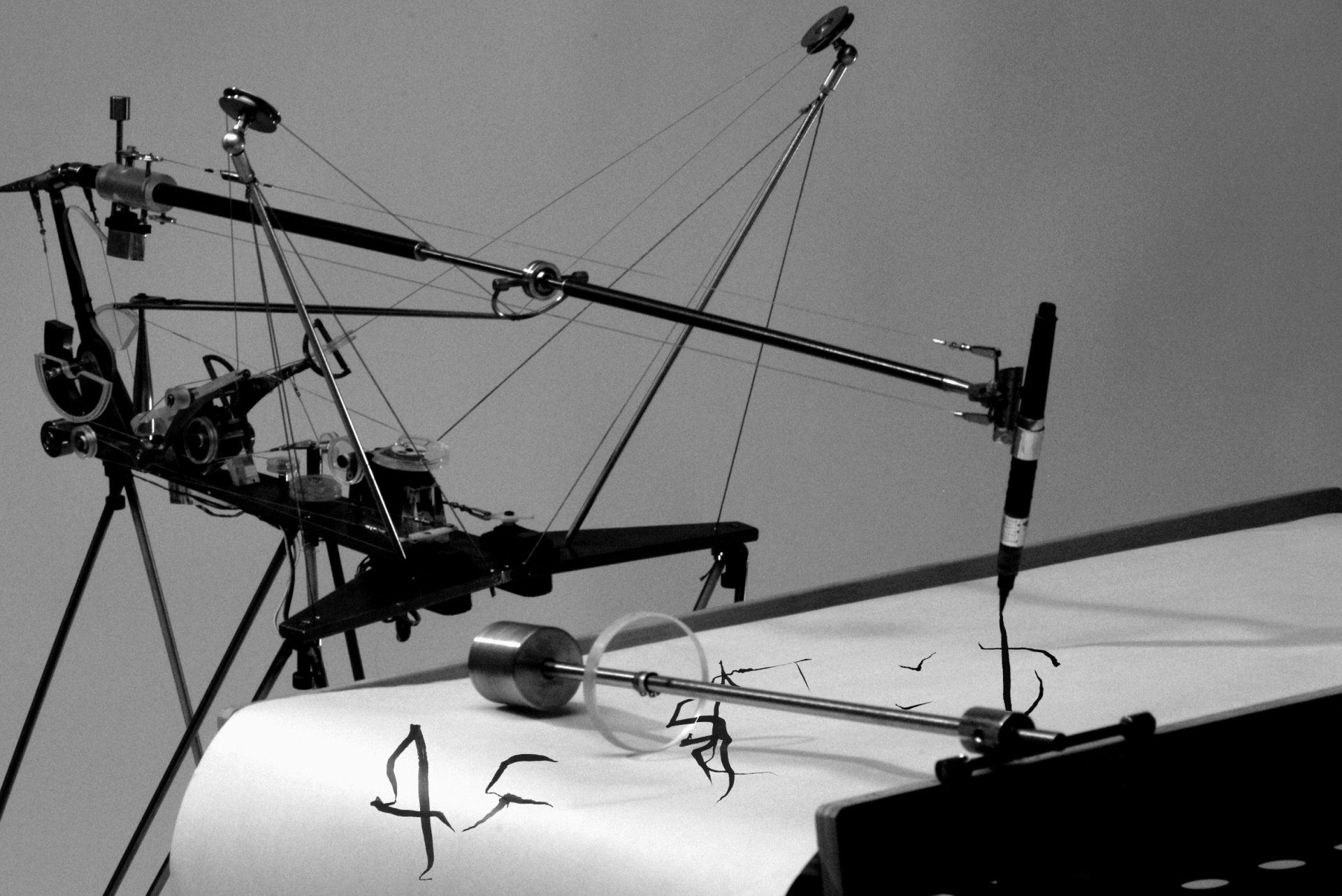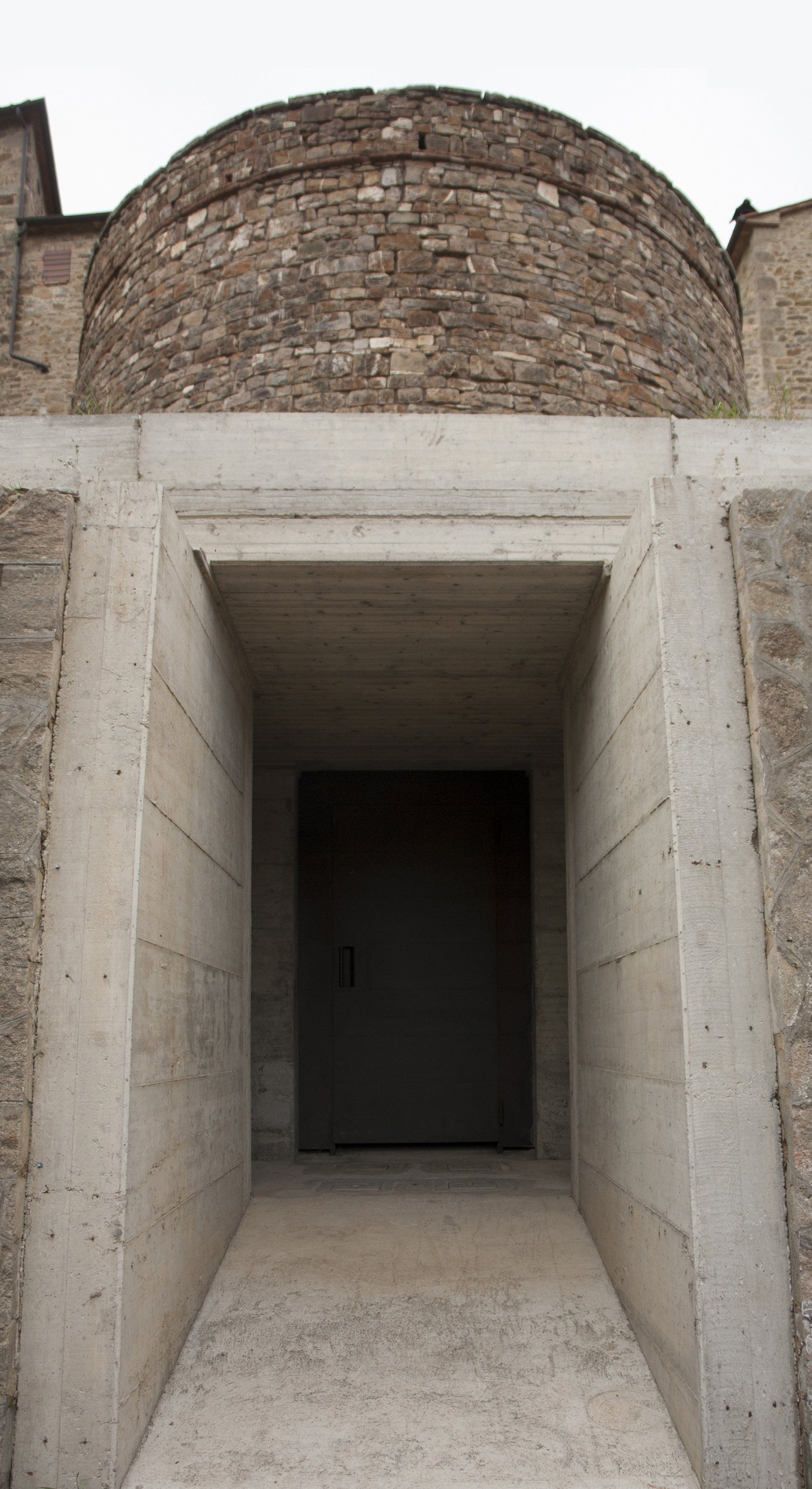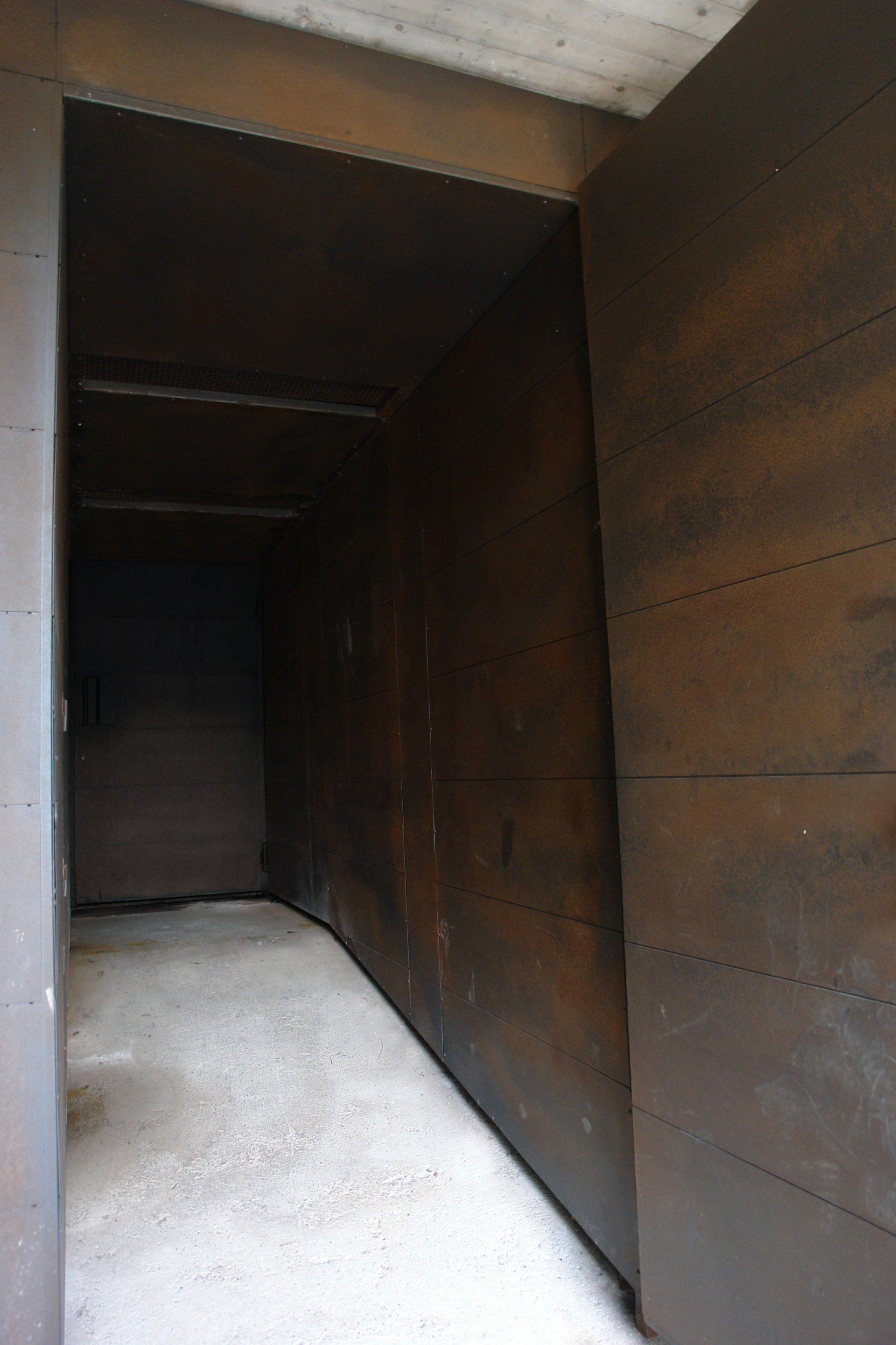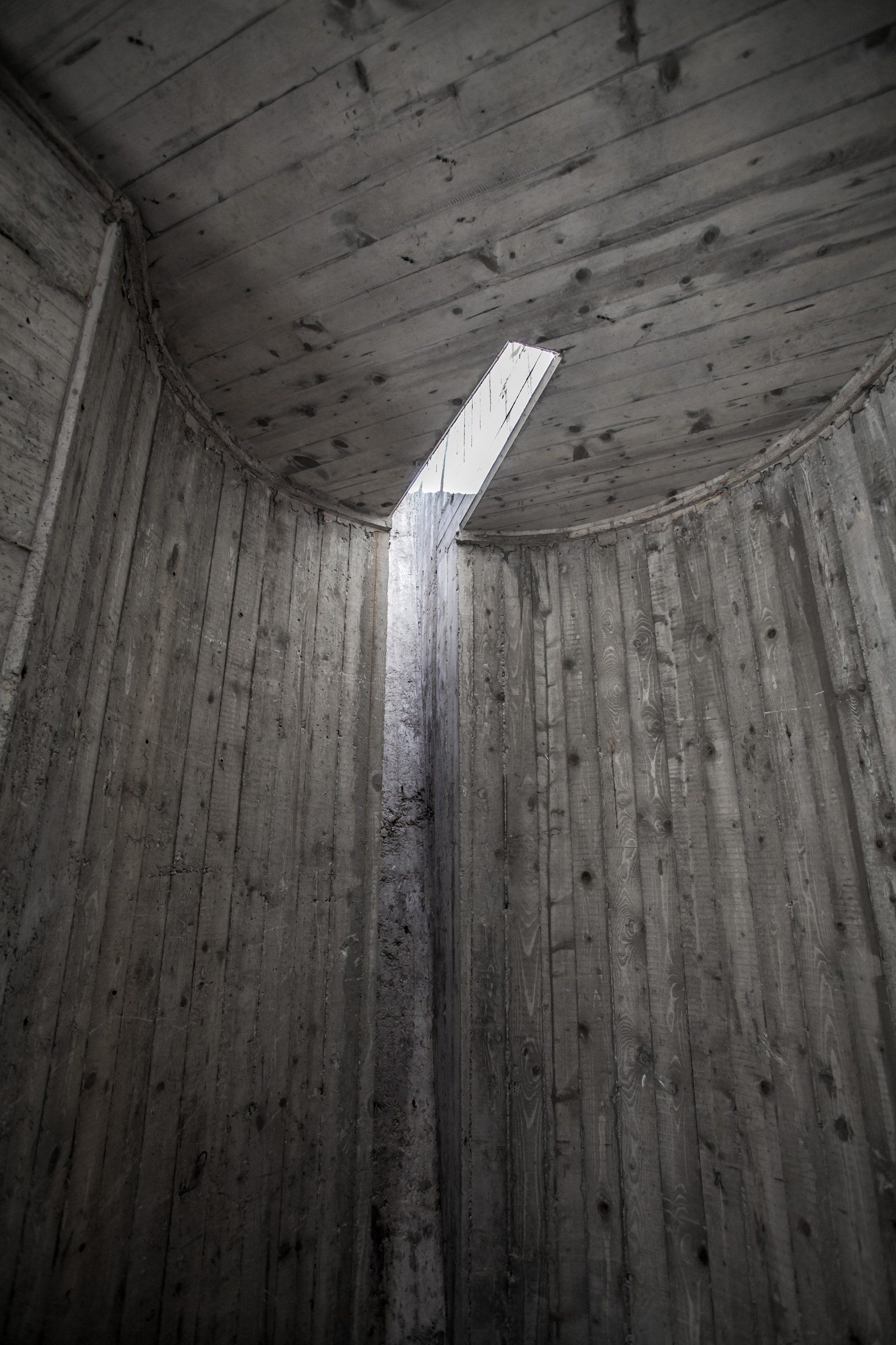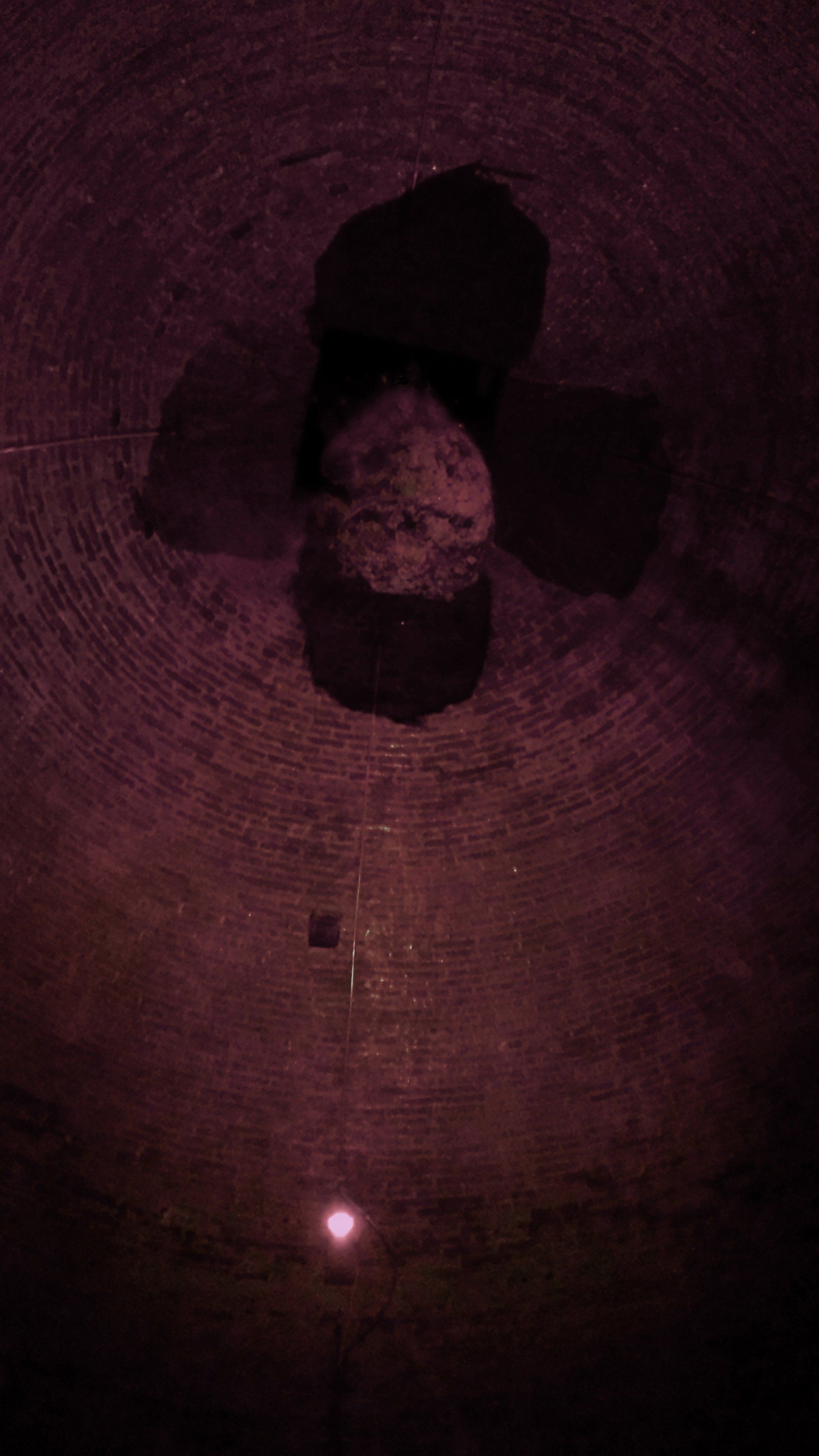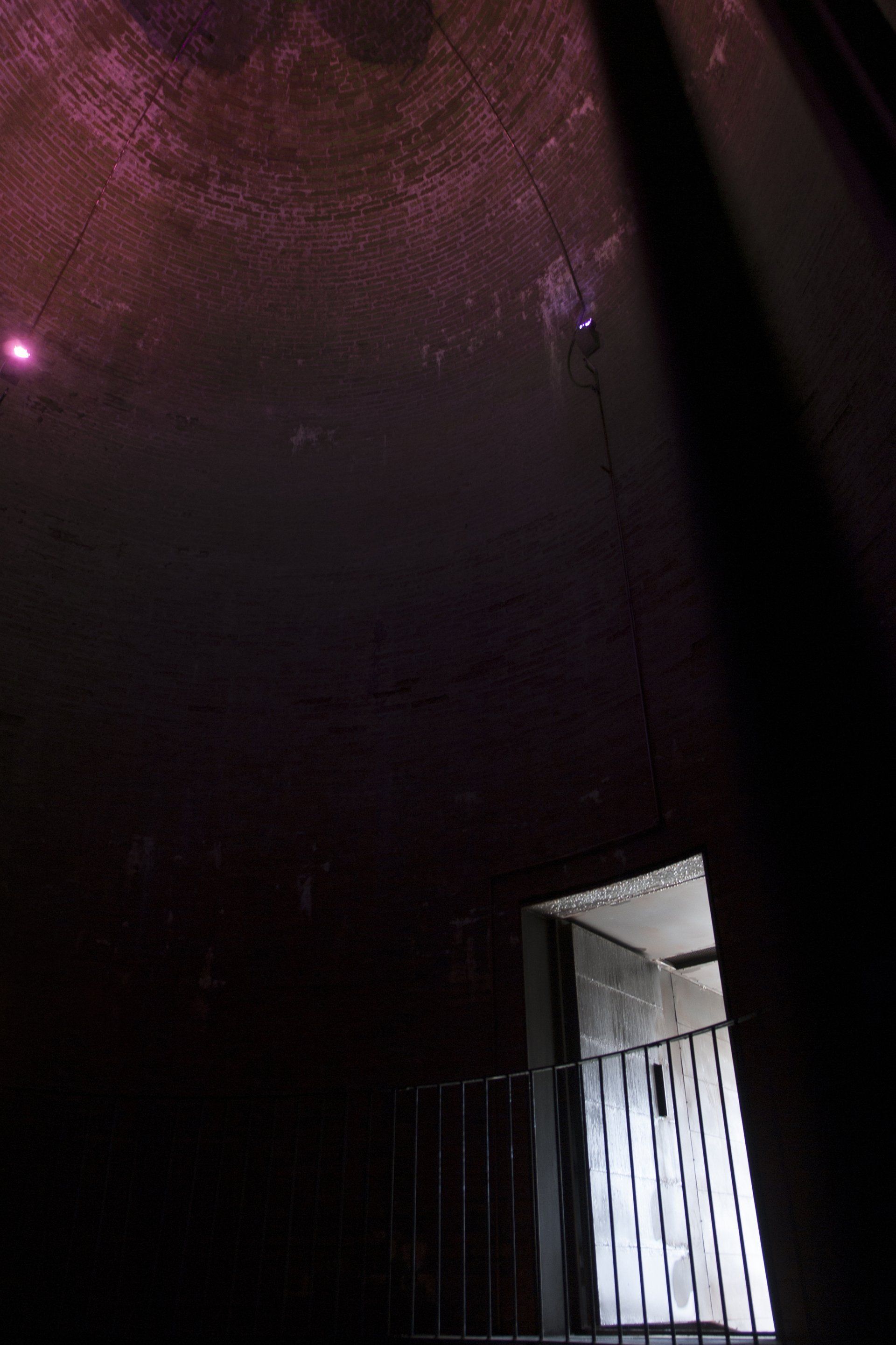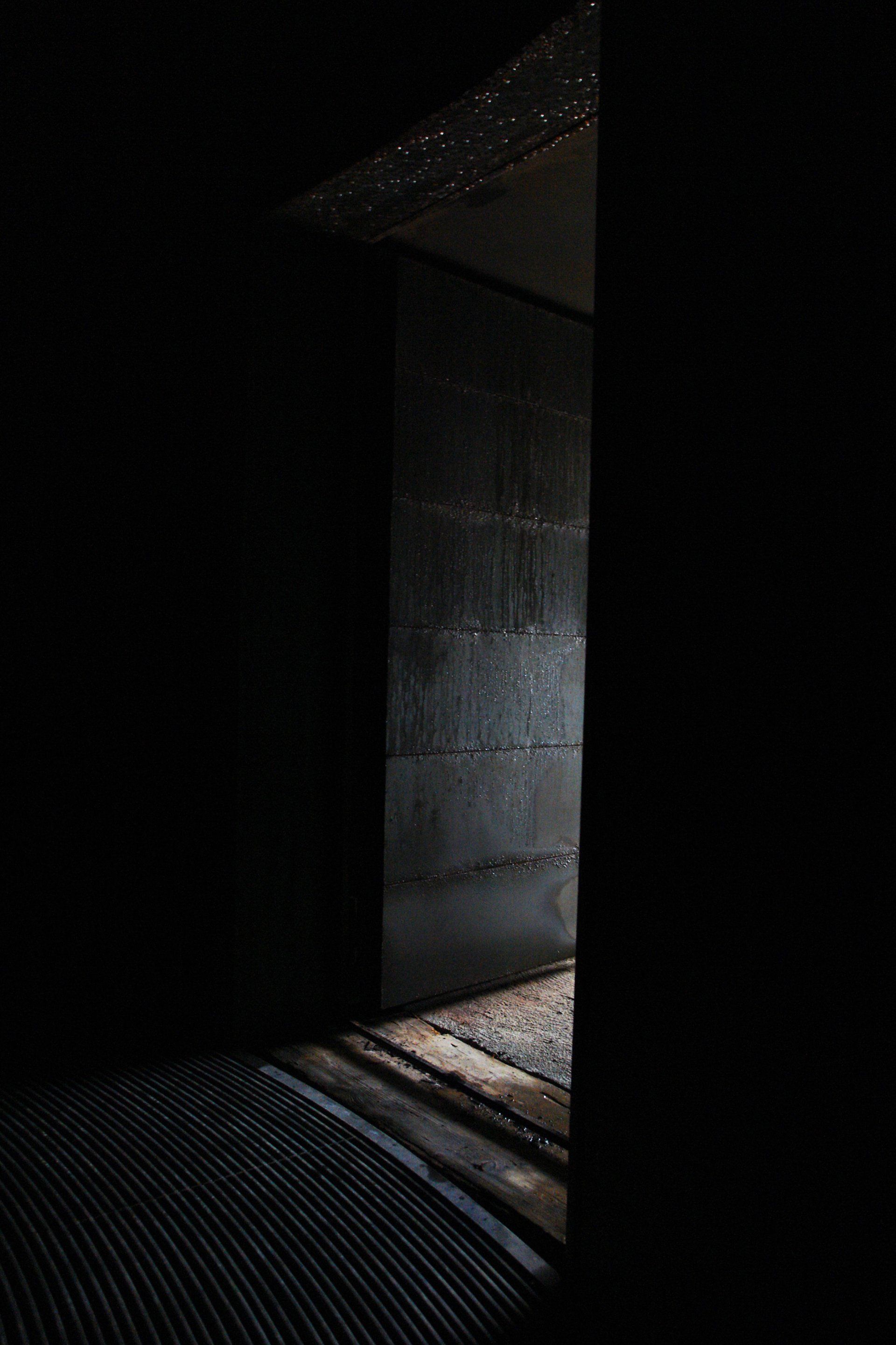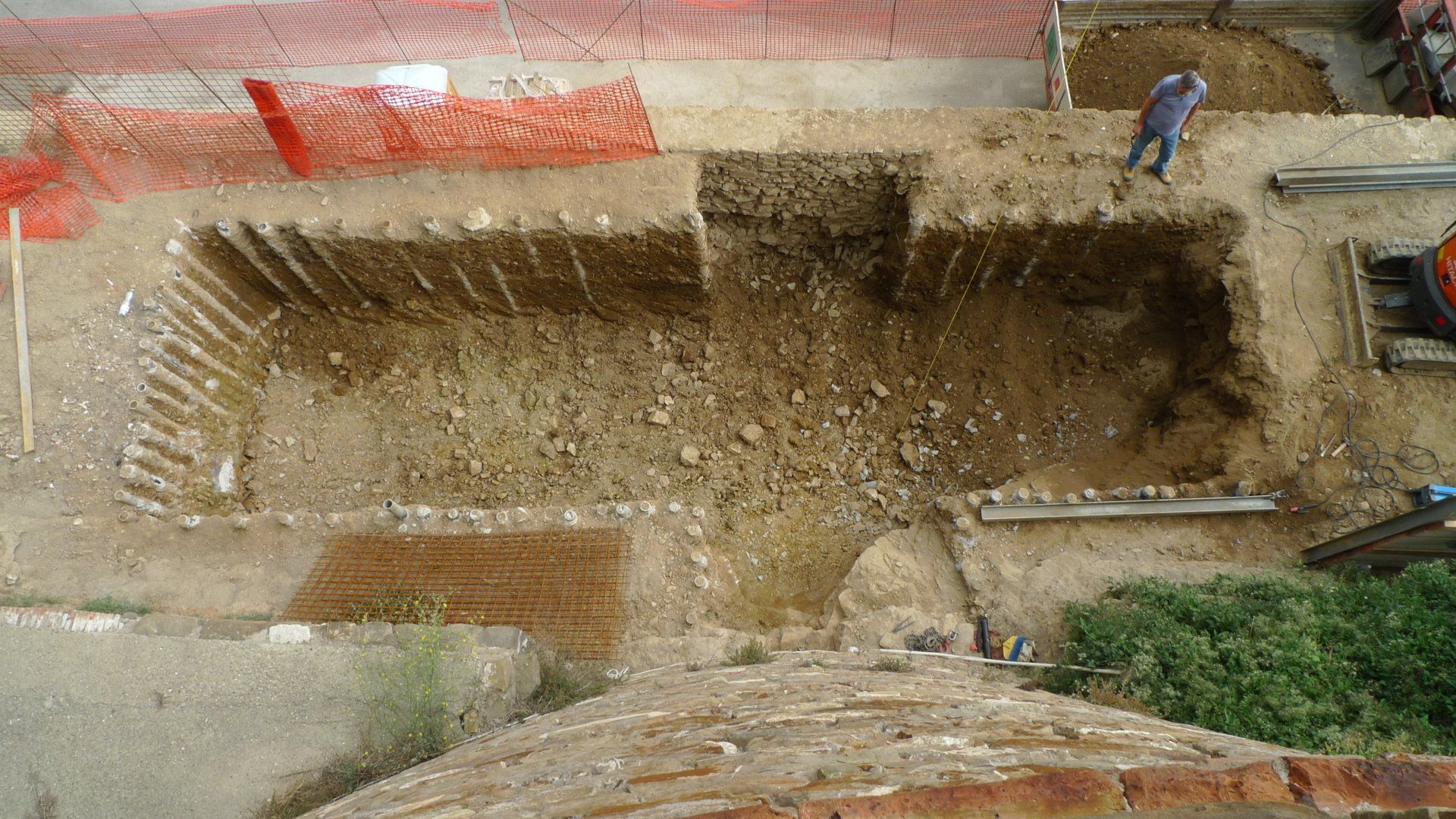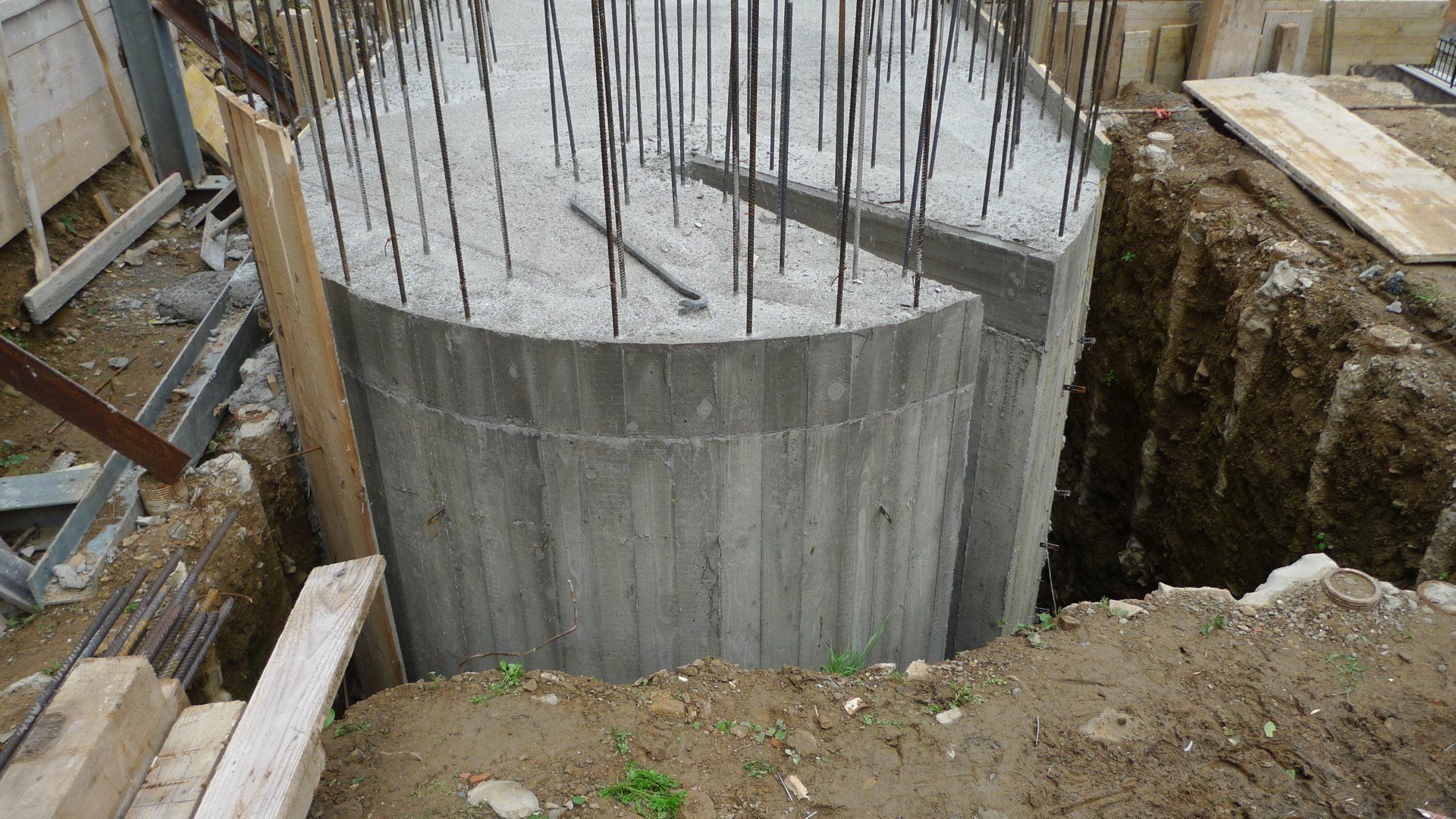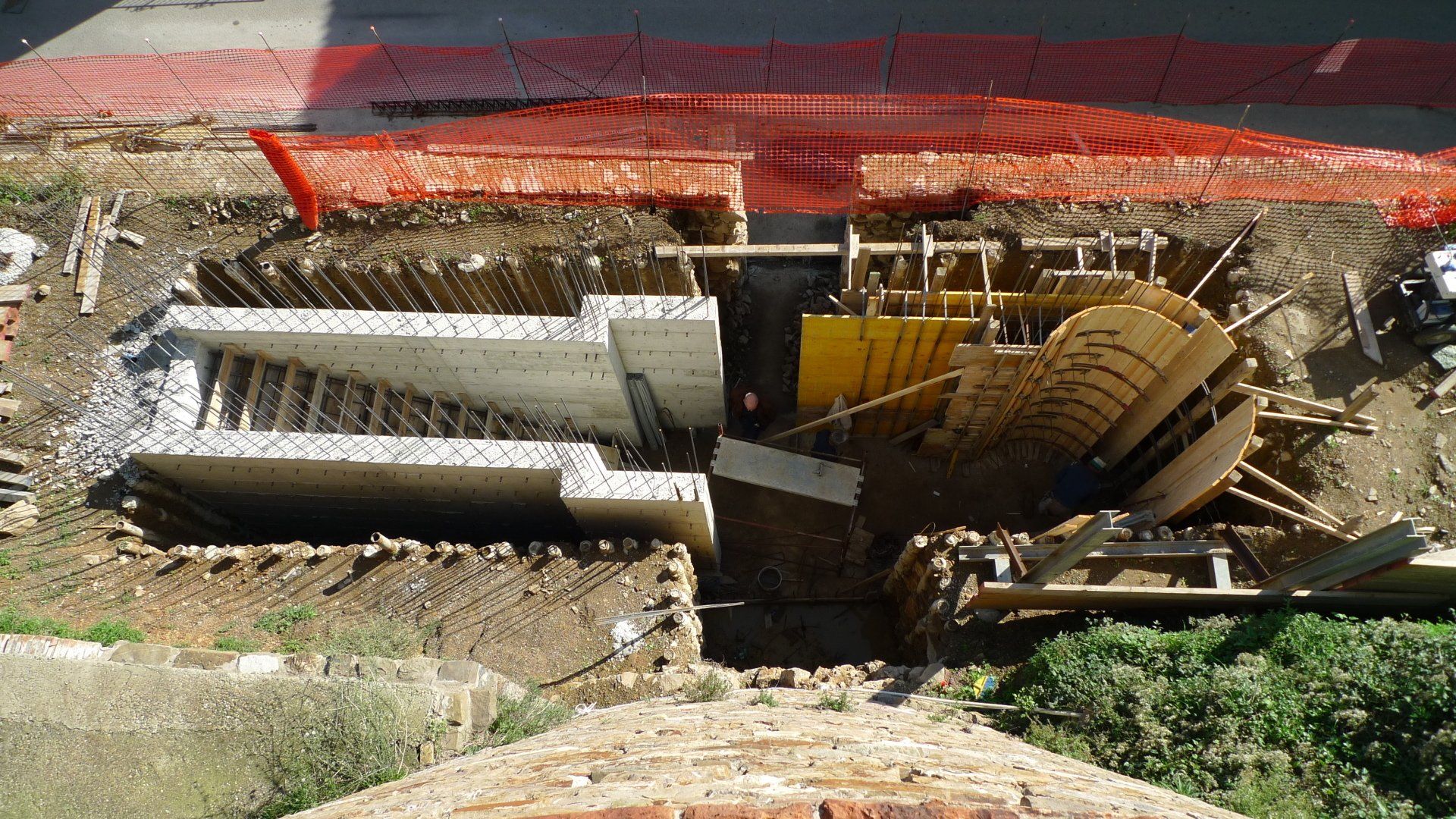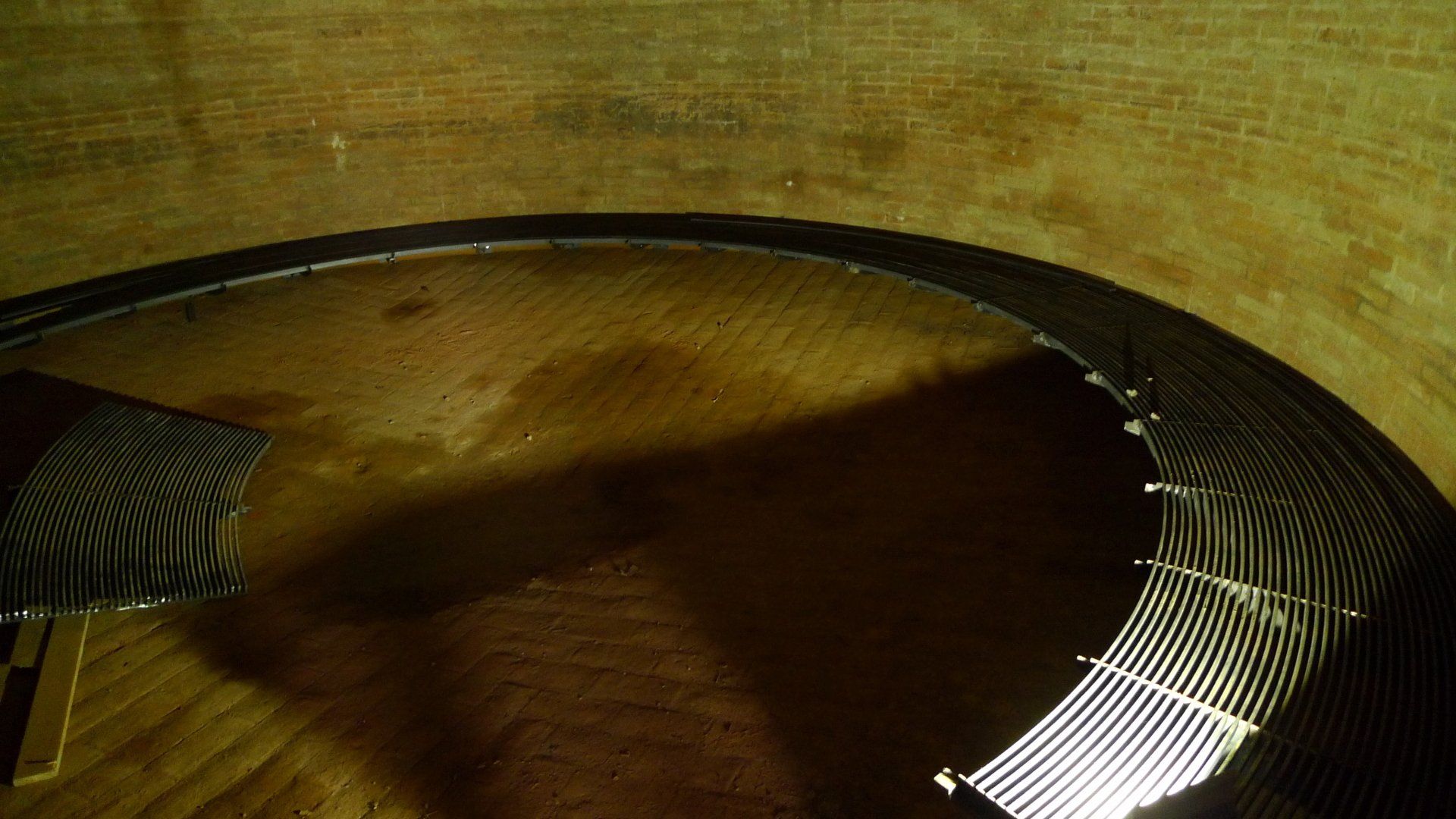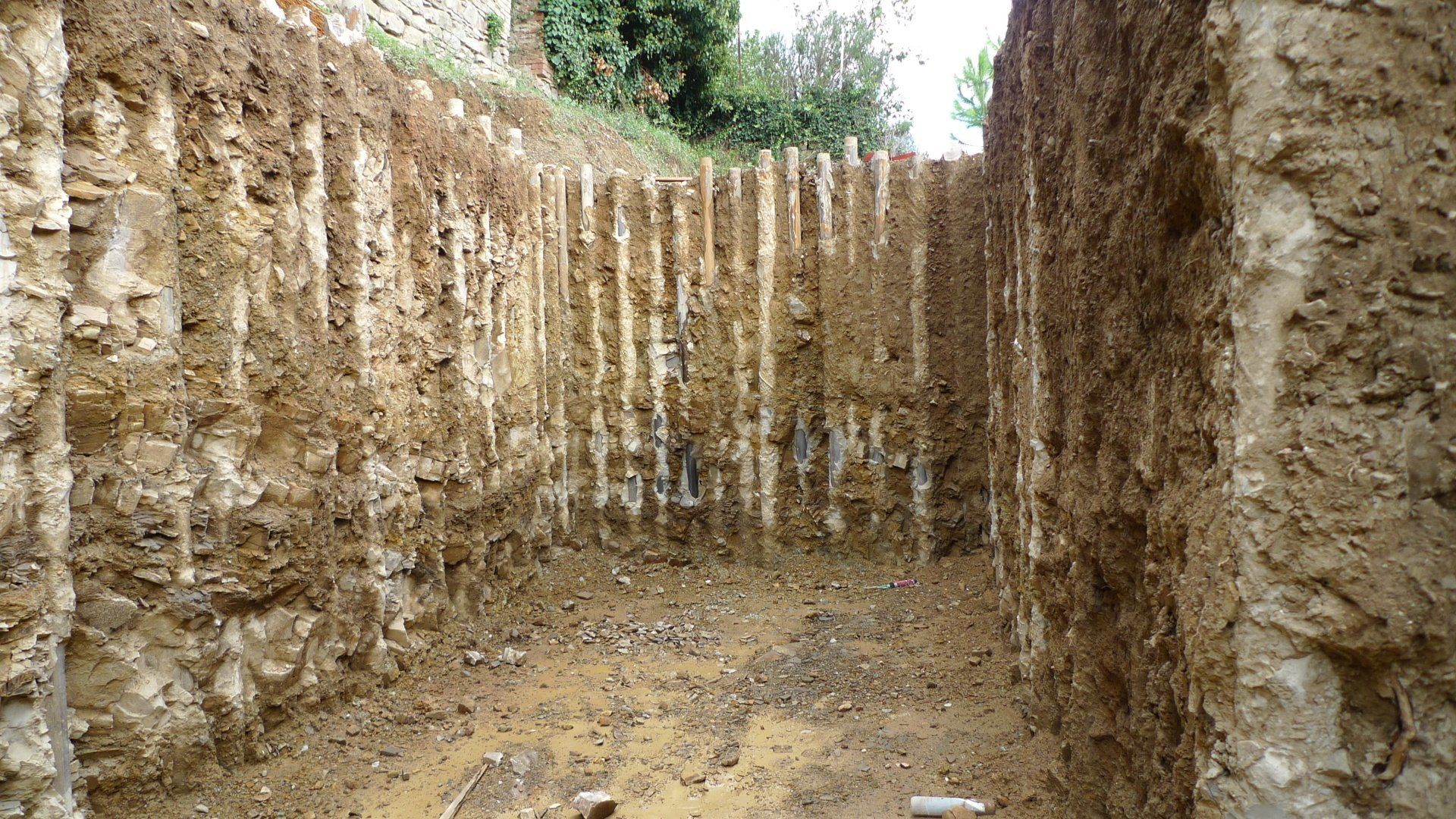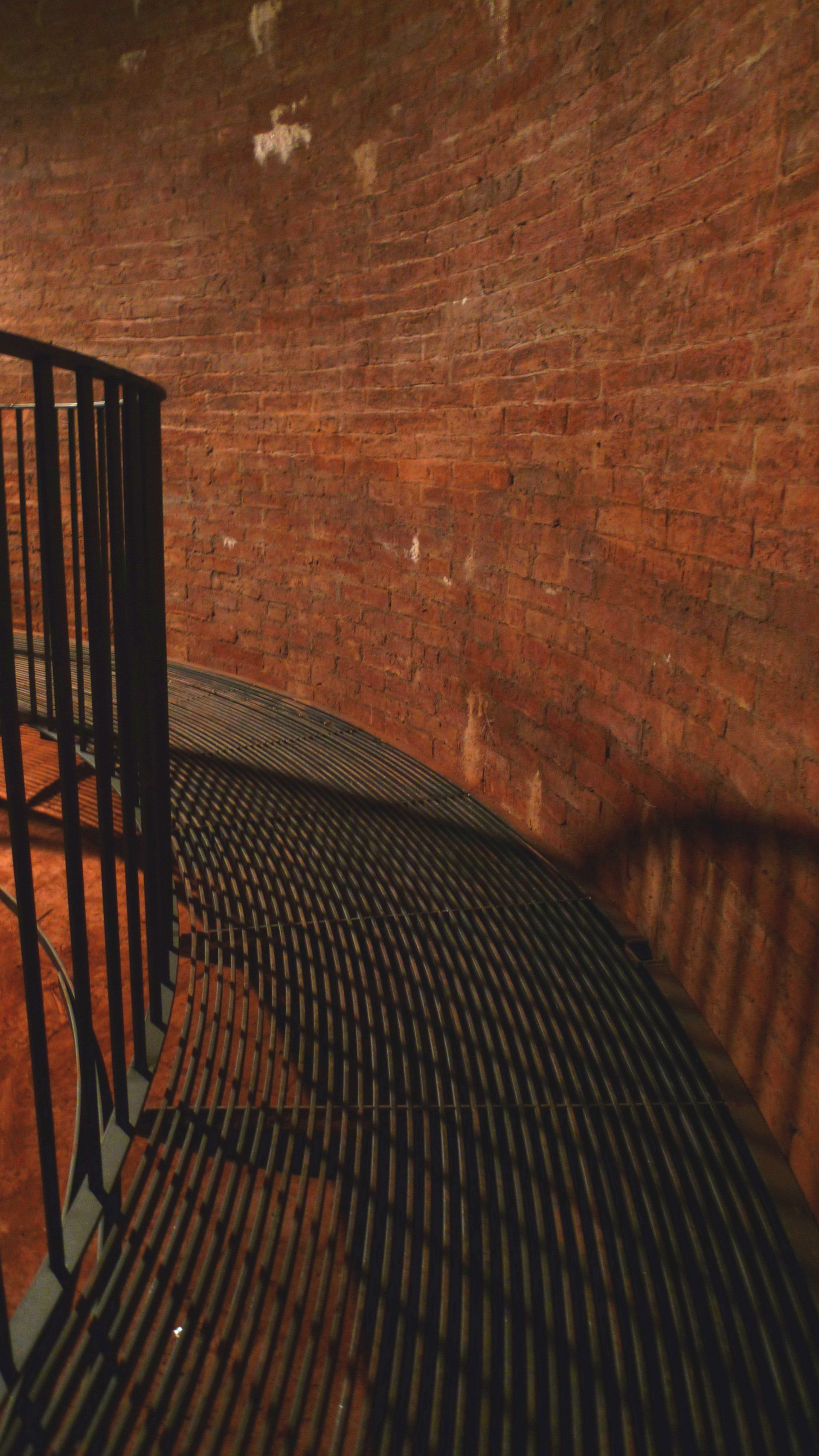WATER CISTERN. In a 19th-century water cistern, an olive tree is suspended with its roots left growing in the void: a new physical and symbolic introduction to the historic hamlet of Seggiano and its landscape. With Gianandrea Gazzola, Vania Gianese, Stefano Mancuso.
Interpreting
the roots: an encounter with the underground dimension of the landscape
The nineteenth-century water cistern stands along the perimeter of the ancient city walls of Seggiano. The vaulted space, once inaccessible, is buried below a small square overlooking the landscape of the Val d'Orcia.
The design decision was to devote this space to the underground, invisible dimension of the landscape: a physical and symbolic gateway to the town and the Museum of the Land and Olive Tree of Seggiano.
In the cistern, accessible through a new underground access, one can observe the roots of an olive tree from Seggiano, fixed on the brick masonry dome.
The electrical activity of the tree's roots, fed by aeroponics - to date it is the largest plant in the world fed this way - will be observed through a series of sensors designed by the University of Florence's Laboratory of Plant Neurobiology
(LINV) directed by Stefano Mancuso.
The same electrical signals will be translated into an artistic writing by Gianandrea Gazzola, in an installation housed in one of the new underground access chambers, lit through a zenithal skylight.



